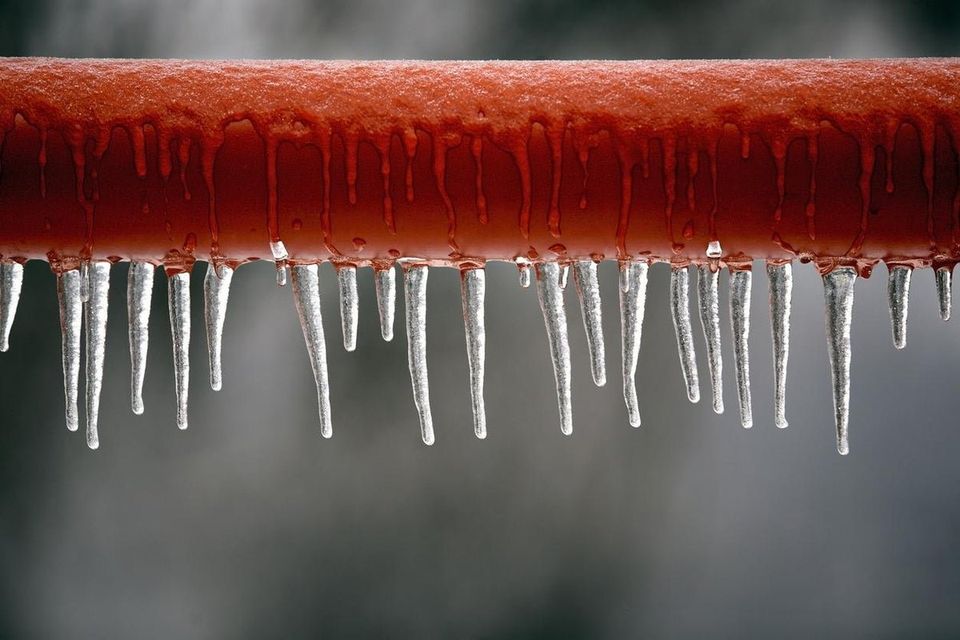Important Advice for Preventing Frozen Plumbing in Winter Conditions
Important Advice for Preventing Frozen Plumbing in Winter Conditions
Blog Article
This great article down below pertaining to Winter Plumbing Precautions: Preventing Frozen Pipes is amazingly informative. You should see for yourself.

Cold weather can ruin your pipes, specifically by freezing pipelines. Right here's exactly how to stop it from occurring and what to do if it does.
Intro
As temperature levels drop, the danger of icy pipes increases, potentially causing pricey repairs and water damage. Comprehending exactly how to stop icy pipelines is critical for home owners in cool environments.
Avoidance Tips
Shielding prone pipelines
Wrap pipes in insulation sleeves or utilize heat tape to protect them from freezing temperature levels. Focus on pipelines in unheated or exterior locations of the home.
Heating techniques
Maintain indoor areas sufficiently heated up, specifically locations with plumbing. Open closet doors to enable warm air to circulate around pipelines under sinks.
How to identify icy pipes
Look for decreased water flow from taps, uncommon smells or noises from pipelines, and visible frost on exposed pipes.
Long-Term Solutions
Structural changes
Think about rerouting pipes away from exterior wall surfaces or unheated areas. Add extra insulation to attics, cellars, and crawl spaces.
Upgrading insulation
Purchase top notch insulation for pipes, attic rooms, and wall surfaces. Proper insulation assists preserve consistent temperatures and lowers the risk of icy pipelines.
Safeguarding Outside Plumbing
Garden hoses and outside taps
Disconnect and drain pipes yard tubes prior to winter season. Mount frost-proof faucets or cover exterior faucets with protected caps.
Recognizing Icy Pipelines
What creates pipelines to ice up?
Pipes freeze when revealed to temperatures listed below 32 ° F (0 ° C) for expanded durations. As water inside the pipes ices up, it expands, putting pressure on the pipe wall surfaces and possibly causing them to burst.
Dangers and damages
Icy pipelines can bring about water supply interruptions, residential property damages, and pricey repairs. Ruptured pipes can flood homes and cause considerable structural damages.
Indications of Frozen Piping
Identifying frozen pipelines early can stop them from bursting.
What to Do If Your Pipelines Freeze
Immediate activities to take
If you suspect icy pipelines, maintain faucets available to ease stress as the ice thaws. Make use of a hairdryer or towels taken in hot water to thaw pipes slowly.
Verdict
Avoiding icy pipelines needs proactive steps and fast actions. By recognizing the reasons, signs, and safety nets, house owners can secure their plumbing during winter.
5 Ways to Prevent Frozen Pipes
Drain Outdoor Faucets and Disconnect Hoses
First, close the shut-off valve that controls the flow of water in the pipe to your outdoor faucet. Then, head outside to disconnect and drain your hose and open the outdoor faucet to allow the water to completely drain out of the line. Turn off the faucet when done. Finally, head back to the shut-off valve and drain the remaining water inside the pipe into a bucket or container. Additionally, if you have a home irrigation system, you should consider hiring an expert to clear the system of water each year.
Insulate Pipes
One of the best and most cost-effective methods for preventing frozen water pipes is to wrap your pipes with insulation. This is especially important for areas in your home that aren’t exposed to heat, such as an attic. We suggest using foam sleeves, which can typically be found at your local hardware store.
Keep Heat Running at 65
Your pipes are located inside your walls, and the temperature there is much colder than the rest of the house. To prevent your pipes from freezing, The Insurance Information Institute suggests that you keep your home heated to at least 65 degrees, even when traveling. You may want to invest in smart devices that can keep an eye on the temperature in your home while you’re away.
Leave Water Dripping
Moving water — even a small trickle — can prevent ice from forming inside your pipes. When freezing temps are imminent, start a drip of water from all faucets that serve exposed pipes. Leaving a few faucets running will also help relieve pressure inside the pipes and help prevent a rupture if the water inside freezes.
Open Cupboard Doors
Warm your kitchen and bathroom pipes by opening cupboards and vanities. You should also leave your interior doors ajar to help warm air circulate evenly throughout your home.

I recently found that blog posting about Prevent Frozen Pipes when browsing the web. If you appreciated our blog post please don't forget to share it. Many thanks for your time. Kindly pay a visit to our blog back soon.
Book Today Report this page